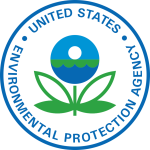Transitioning from NOVEC 1230 to FK-5-1-12: What You Need to Know
Championing Sustainable Solutions – Your Path to Cleaner Fire Protection In today’s rapidly evolving world, safeguarding businesses, and industries with sensitive products from the devastating impact of fires has never been more critical. For years, NOVEC 1230 has been the go-to clean agent, cherished for its remarkable fire-extinguishing capabilities without causing water damage or leaving…


